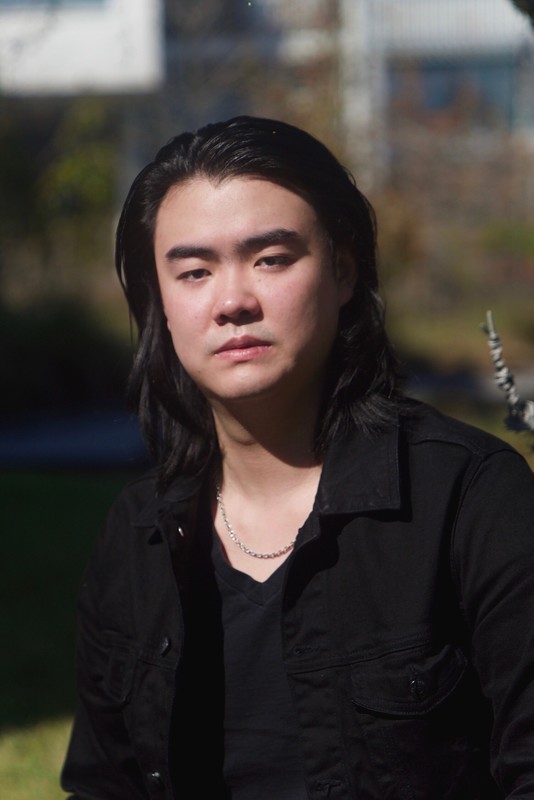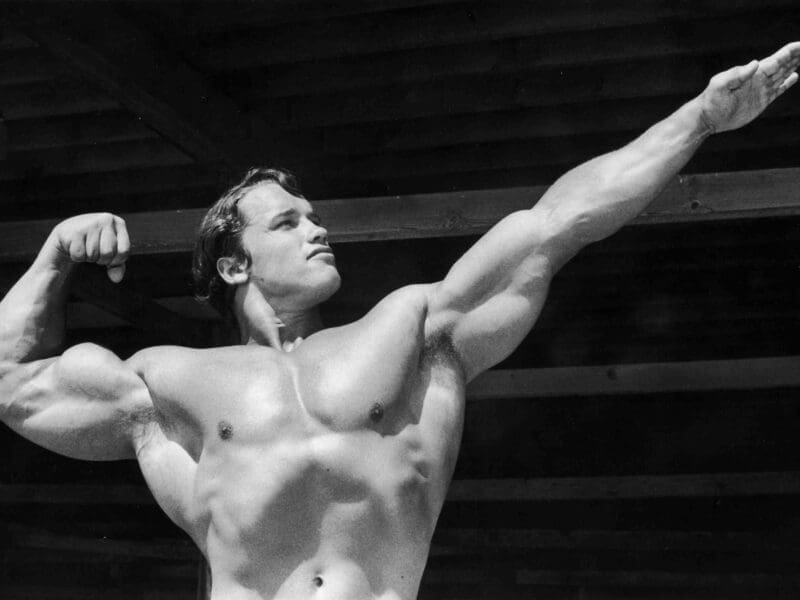
Chilling experiments: Get to know ‘503’ filmmaker Francis Han
Francis Han has style to spare. The filmmaker’s latest project, 503, is a thrilling ode to video games as well as classic film noir. There’s an abundance of POV camerawork, as well as shadows and various tropes that cinema lovers have come to know and love over the last hundred years. Han manages to honor these influences, while at the same time adding a unique spin.
Film Daily had the opportunity to talk with Han about his directorial process, the technical skill that went into making 503, and his plans for the future. Here’s what he had to say:

Tell us about your history in the film industry. How did you get started?
When I was a high school student, I wrote and directed my first short film Broken Again which was a two-minute black and white silent film. Then I fell in love with filmmaking and decided to enter the film industry. 503 was my senior thesis film, which represented my personal metamorphosis.
Who were your biggest filmmaking influences growing up?
Many filmmakers influenced my film style technically. But my answer to this question is my parents. They are not filmmakers, but they have given me much support. They are traditional Asian people with traditional culture. Even though I am educated and living in the United States, the traditional family atmosphere influenced me in terms of movies and aesthetics.
What was the inspiration behind your latest film, 503?
I am a game lover. I always want to bring the 90th video game visual into a horror film. Then, a withdrawn, self-destructive man Sam, was born in my brain. With Sam as the main character, I completed my horror film script 503.
The camera plays a pivotal role in 503. Do you think the subjective camera work will allow the viewer to feel more engrossed in the story?
Absolutely! The subjective camera created the feeling of “Engrossing,” especially in horror. When danger comes, the subjective perspective can further emphasize the difficulties faced by the characters. In 503, camera was not only got the POV from Sam’s viewpoint, but also created a feeling of “peeked” when shot to Sam’s face.
Given the various things the camera is communicating in terms of emotion and tone, what would you say was the toughest scene to shoot?
The flea market scene. It was the only exterior scene in the film when we were shooting. We chased the sunlight and must tried to avoid passers and unnecessary noise. On the other hand, it was the beginning of the film. There needed to be more information and details presented. Thanks to Patrick Burkard and George Ross Bridgman, their excellent performance uplifted this fancy scene.

You’ve described the film as a neo-noir. Did you pull direct inspiration from the classics of the genre?
Yes! An essential element of film noir is the absence of positive characters. There are many classical elements you can notice in my film, entrapment, doppelgänger shadows, rain, dark tone, etc. In the black-and-white film period, filmmakers always utilized shadow to create pressure in horror and thriller.
Video games factor into the plot. How much did they influence the POV storytelling in the film?
503 was a first-person game. The use of POV emphasizes the game went to Sam’s real life. The shadow in the actual hallway had a similar camera angle to the shadow in the game, which corresponded to the elder seller’s lines, “The game is not over yet!”
Color plays a big part in 503. How does the use of color distinguish it from classic film noir, which is famous for its black-and-white cinematography?
In classic black-and-white film noir filmmaker creates a sense of tension through strong contrast between bright and dark. However, 503 embodied this contrast in the color tone, for example, Sam’s pink face to his blue shirt, the warm and cold tone in different room areas.
Do you see yourself using these same visual techniques on future projects?
Why not? 503 was an experiment, and it successfully presented a distinguished, chilling picture. I will use the same techniques and explore them further in the future.
What has been your greatest professional achievement?
So far, my film 503 has achieved 5 Award-Winners, 3 Finalists, 2 Nominees, and 6 officially selected from International Film Festivals. These awards meant our year of hard work was worth it.

What about a professional setback? What did you learn?
Time! Time is the biggest enemy for filmmakers. We always needed more time to capture enough footage during production. So, I learned from multiple productions that a reasonable shooting schedule is key, and you must be very flexible during production.
What do you want audiences to take away from 503?
I want people to understand after watching 503 – The devil is watching you!
Can you tell us about any upcoming projects?
I am recently writing a new script, which is a silent short film. Unfortunately, I can’t tell you more details.
What advice do you have for aspiring filmmakers?
Watch and study as many movies as possible. Watching and studying classic movies will give you inspiration and allow you to see just how much thought, effort and skill goes into creating a great movie.
Lastly, what is your favorite film noir of all time?
It is hard to say my favorite one. I believe Oldboy by Park Chan-wook is in the top 5 for sure. This movie caught my attention from the very first moment, and Park Chan-wook really knows how to keep the secret. By the way, the tracking shot of the corridor fight is one of the greatest fights ever.







